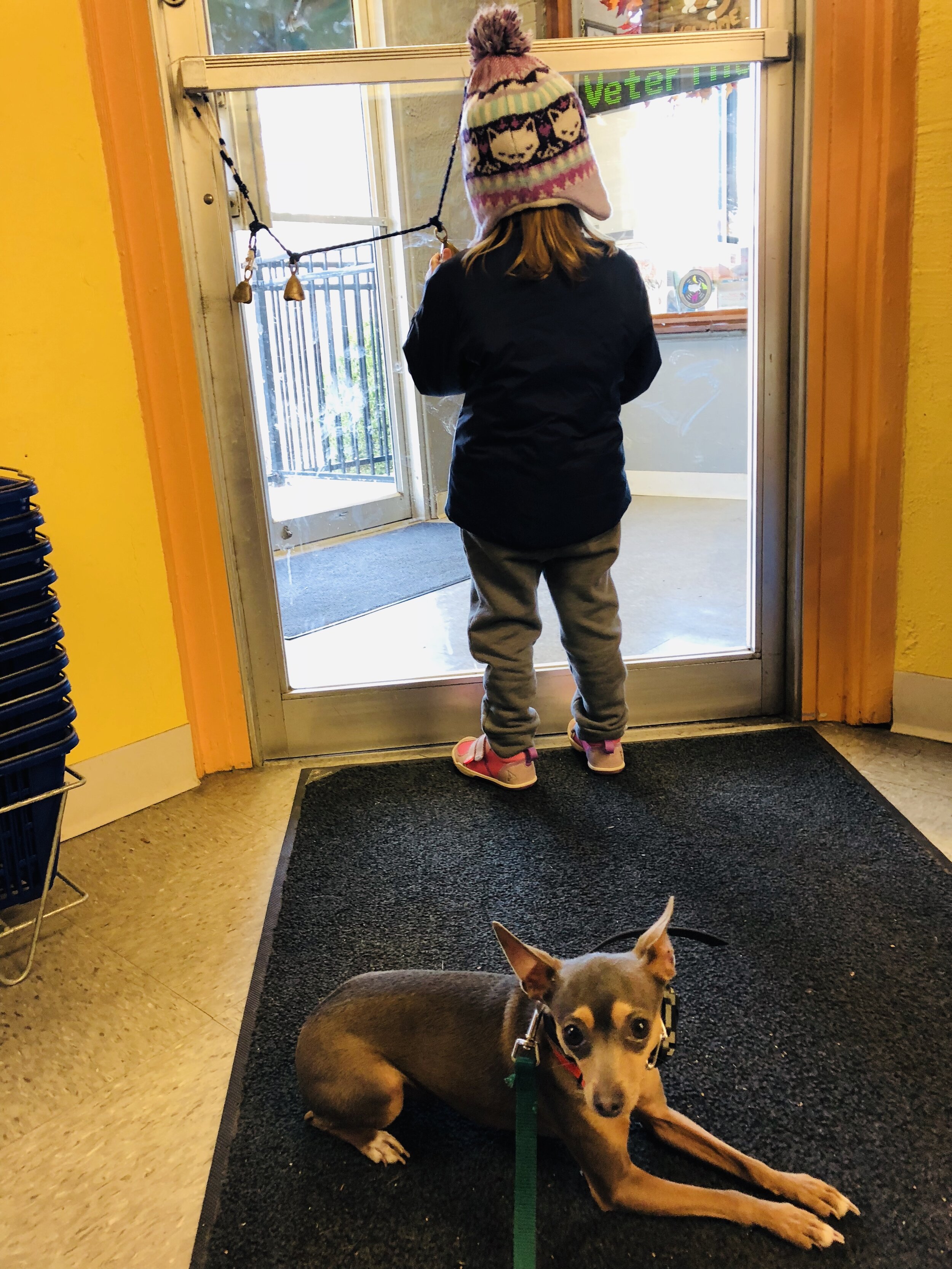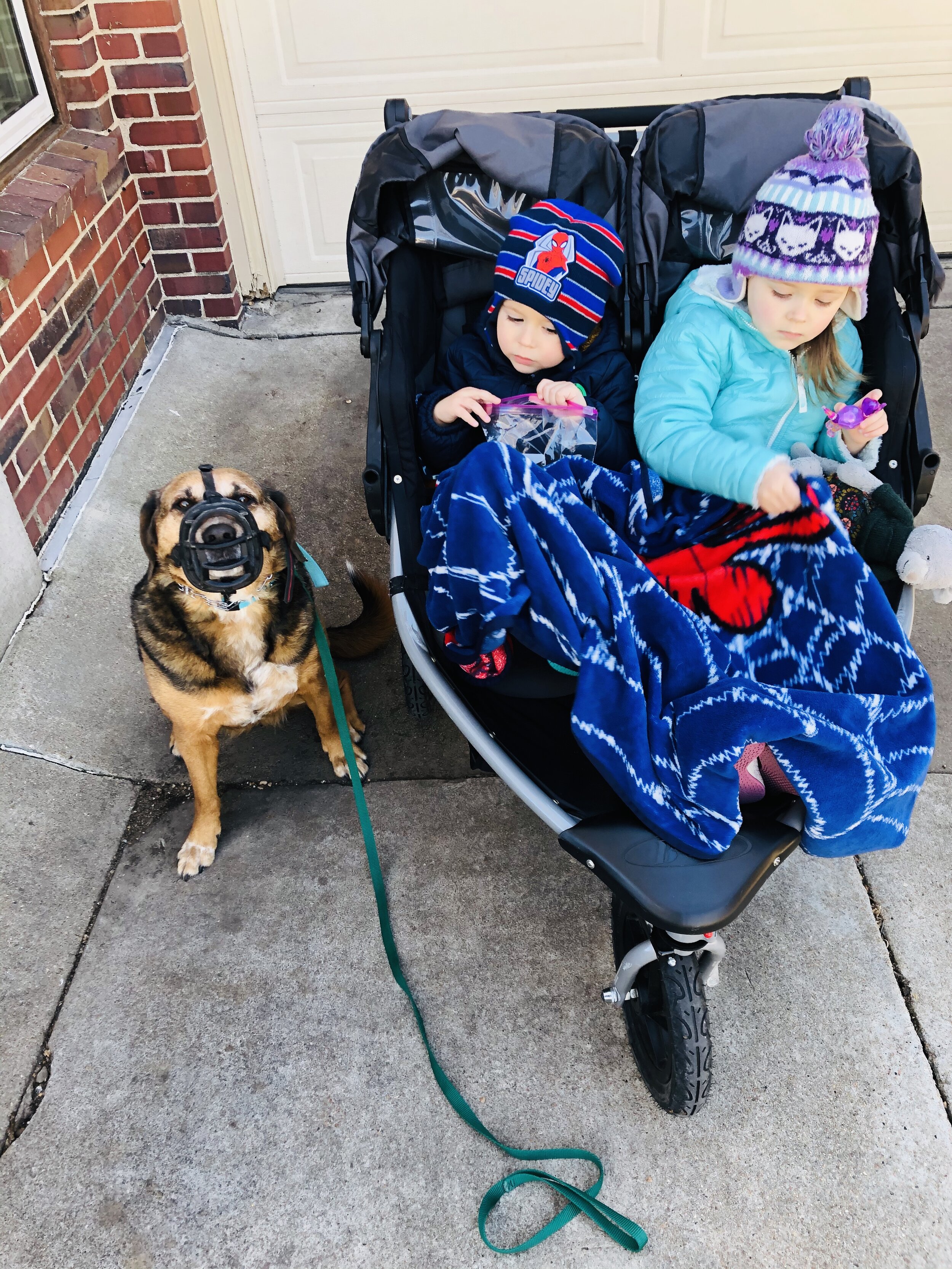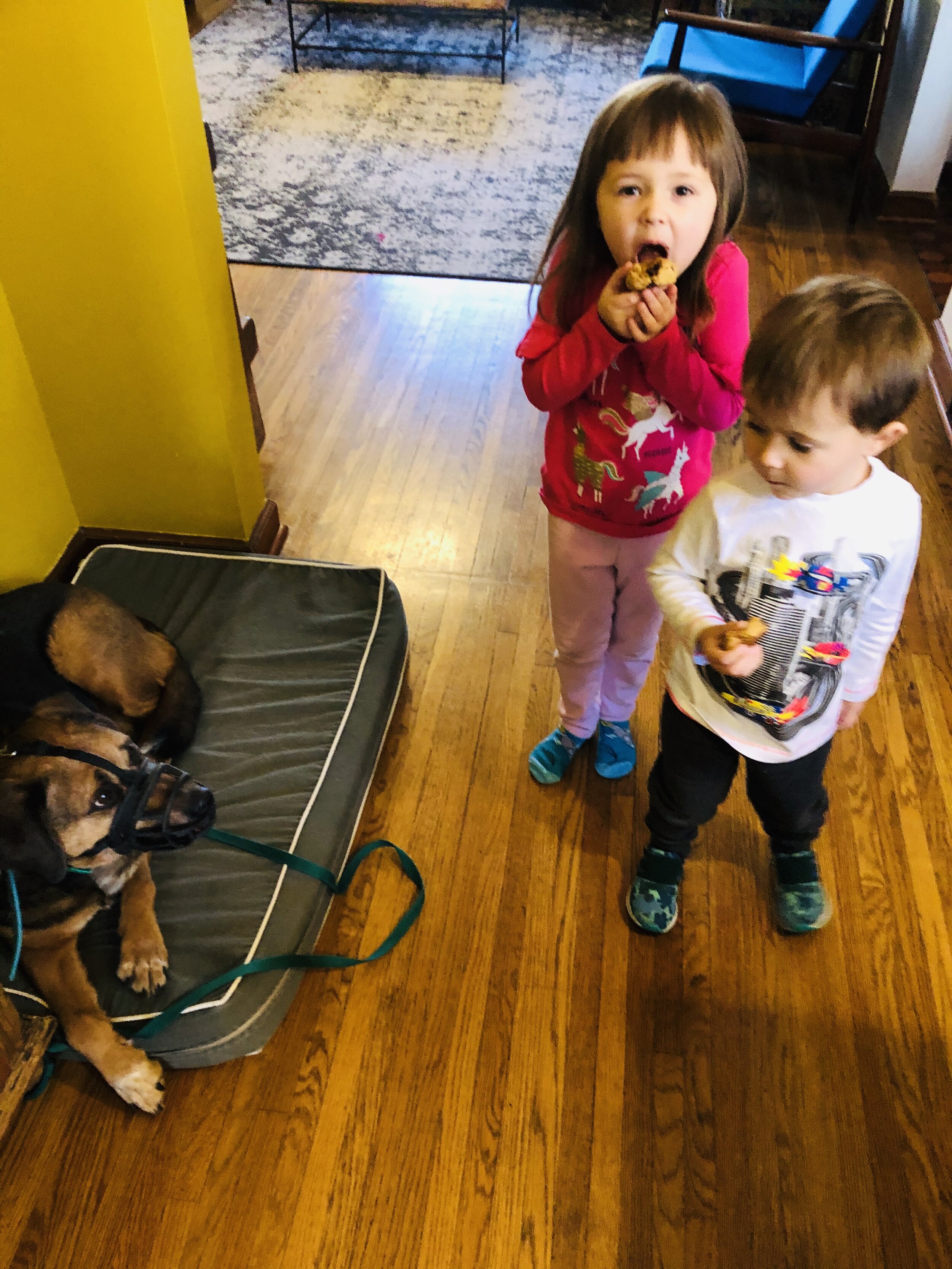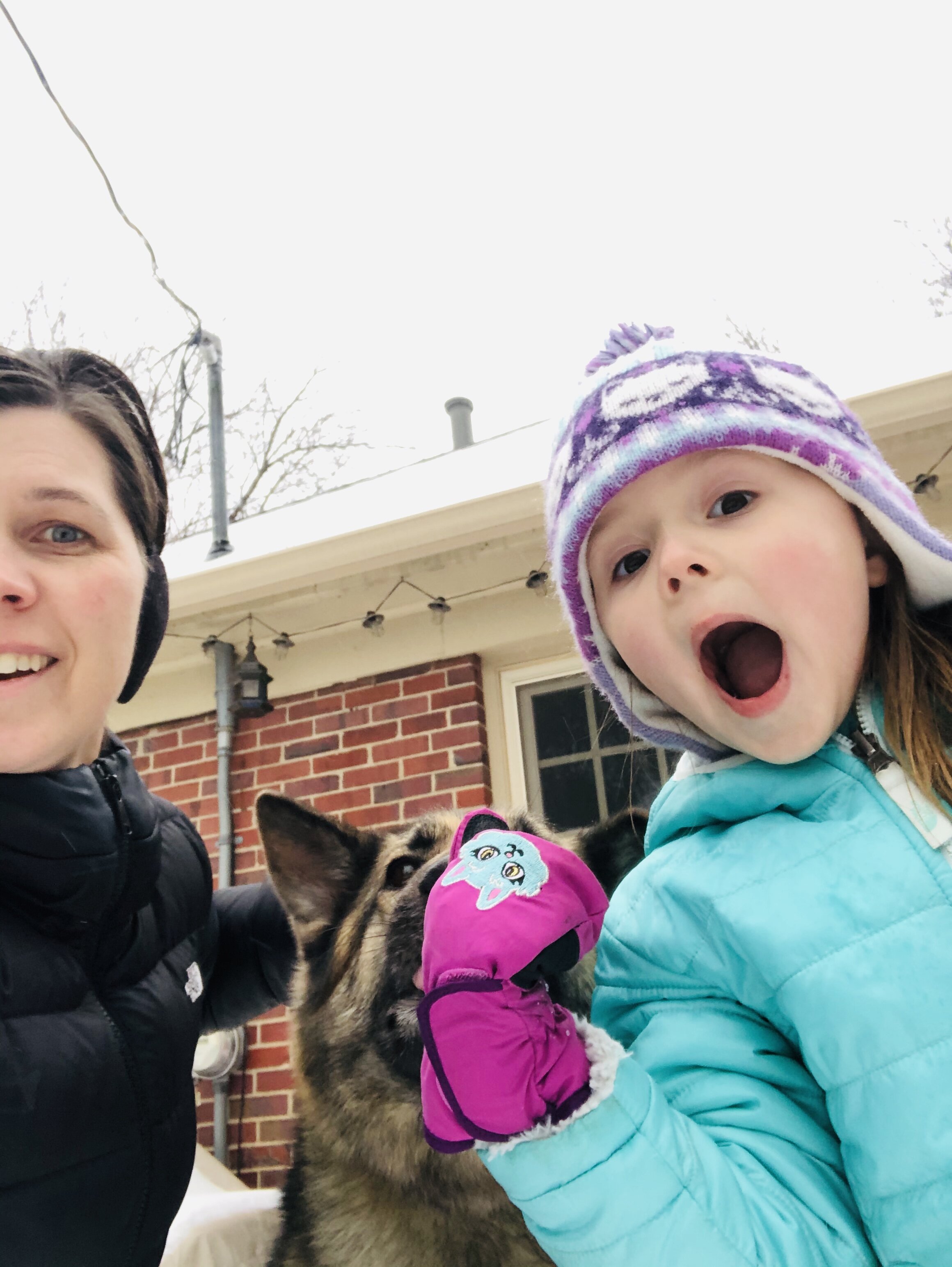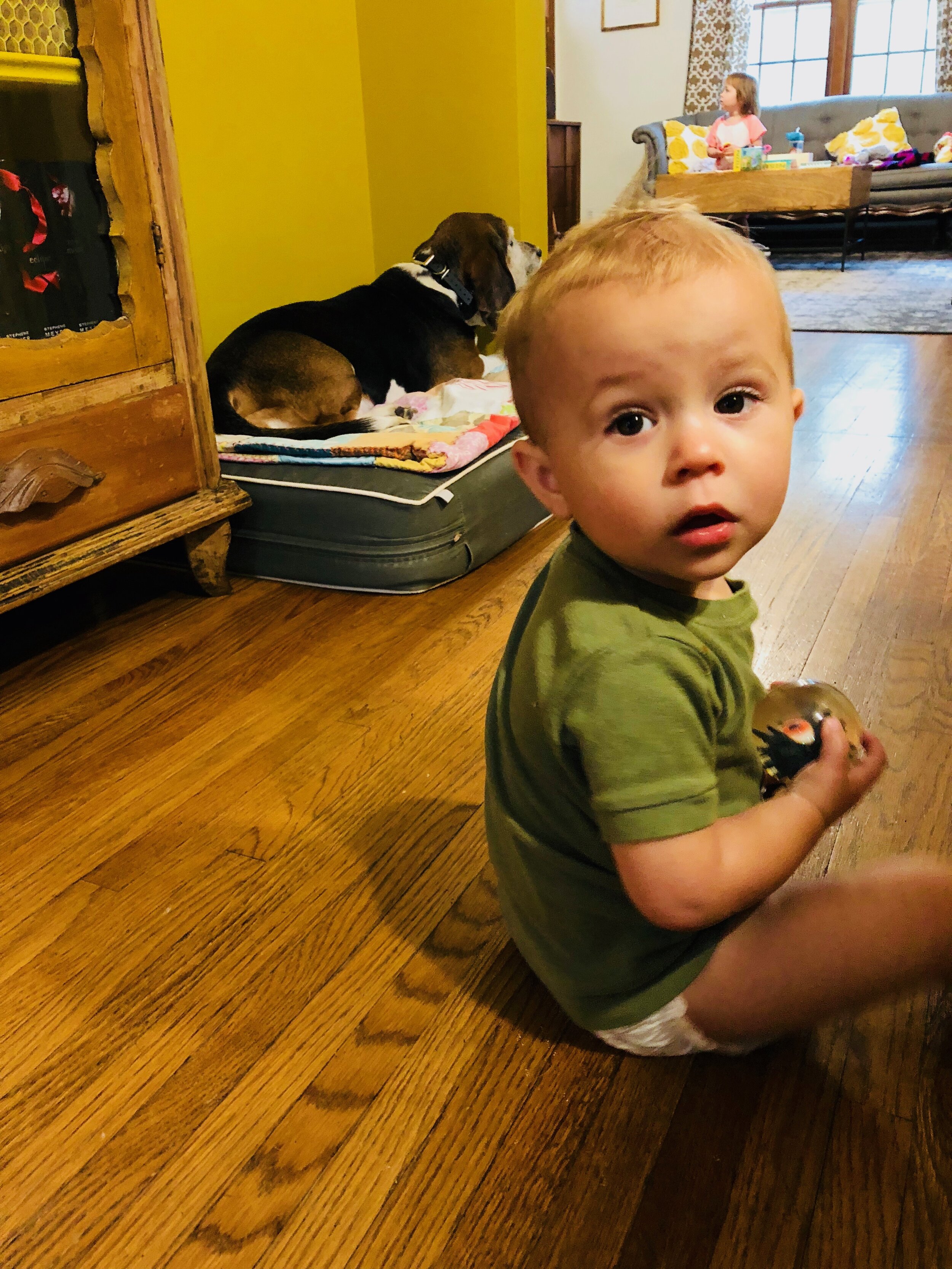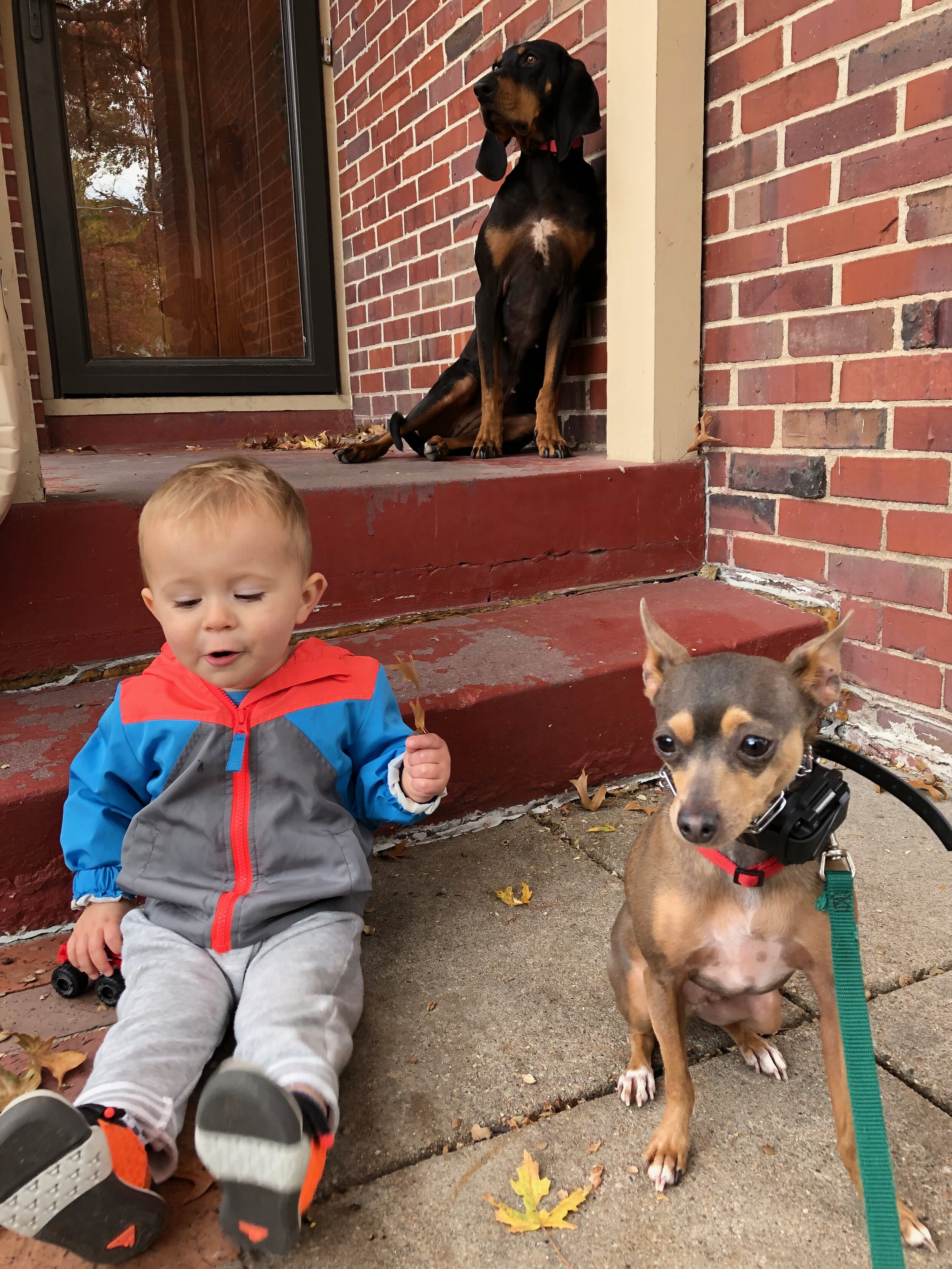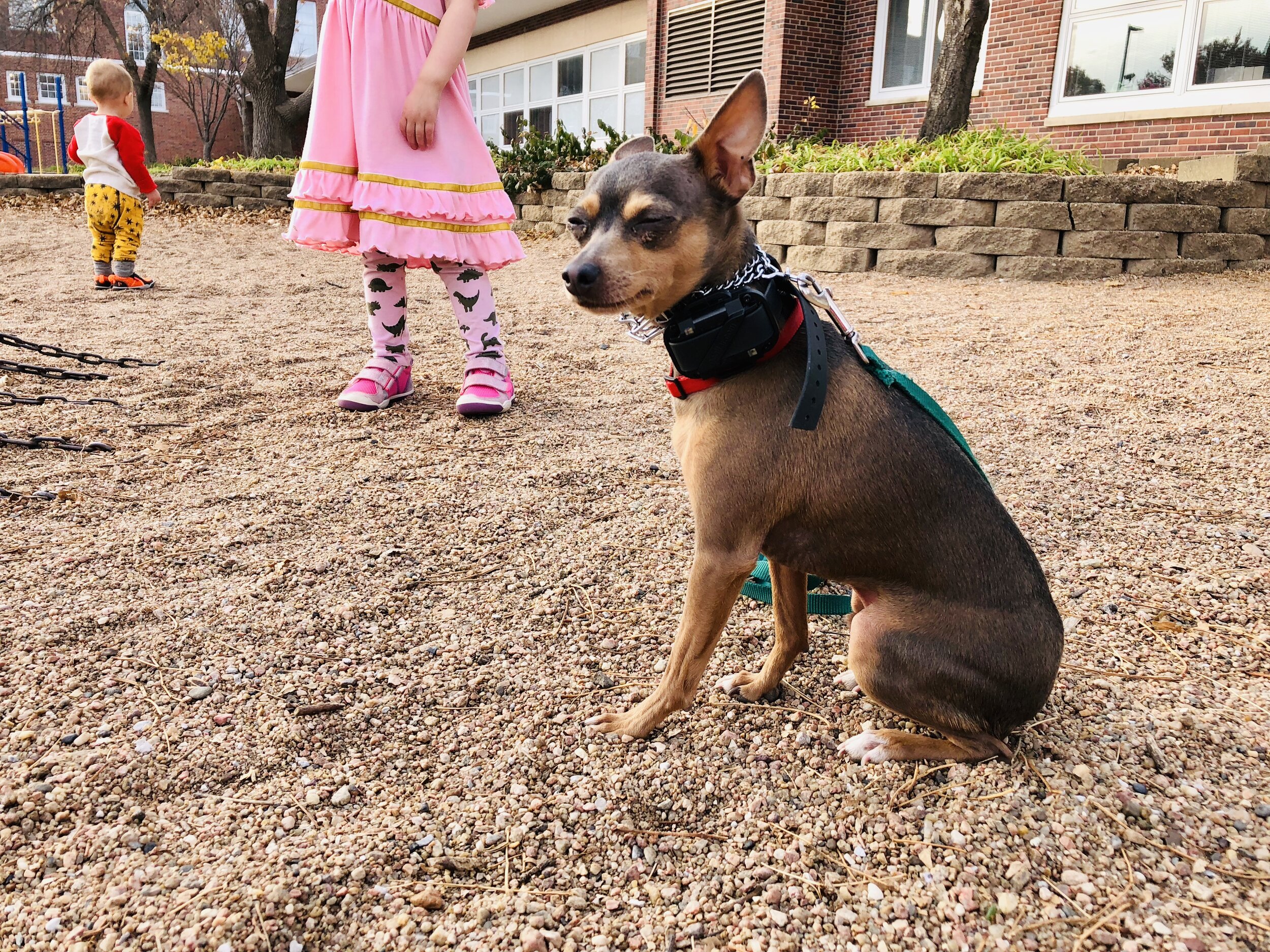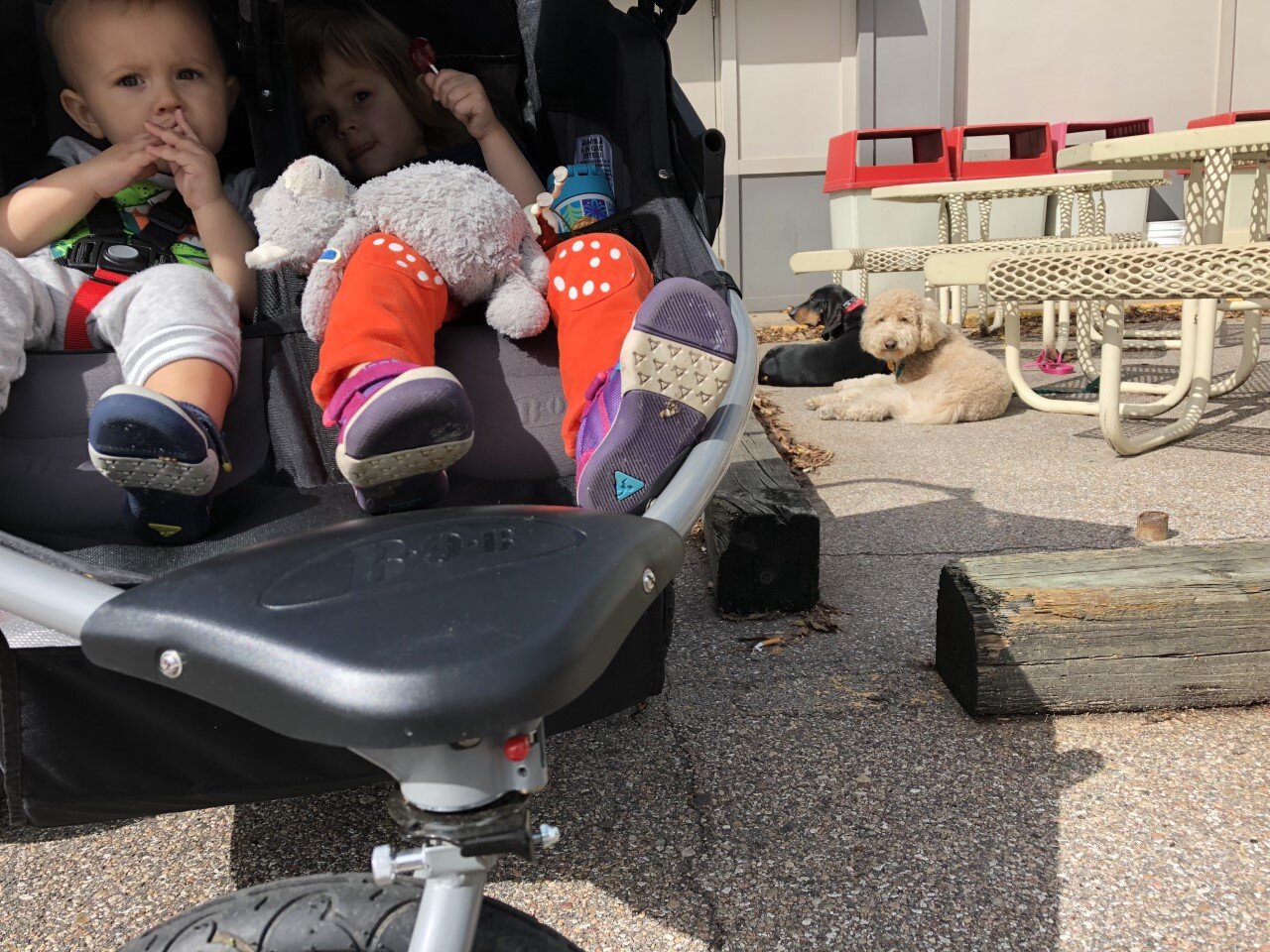Children & Dogs
Below is information Dog Included feels is important to understand when beginning a family that includes both children and dogs.
Unsupervised children are most at risk for dog bites.
Children can make dogs nervous, fearful or anxious with loud noises, sudden or quick movements, and uninvited touch or grabbing.
Initially, we recommend not allowing a child or the dog to initiate interaction with each other. Existence is key. Both the dog and the child need clearly defined boundaries between what is the child’s space, resources, etc. and what is the dog’s space, resources, etc.
Stress, anxiety and overexcitement cognitively impair a dog and often cause him or her to make poor decisions.
Rules and behaviors to teach your dog include: kenneling (at night and when you are gone, no barking, whining, etc.), place (designated spot to stay and be calm until released), waiting politely at back, front and kennel door, waiting politely for food, feeding your dog in his or her kennel.
It is very important not to pet, soothe or share soft energy with a dog that displays unwanted behaviors such as nervousness, fearfulness, anxiety or aggression.
If or when a dog does not feel safe, you either need to reduce or lessen the stressors or remove him/her from the situation.
Interactions between children and dogs should be intentional, age appropriate, and always done under adult supervision.
Examples of meaningful interactions include let outs, feedings, and structured walks.
Affection (hugging, petting and playing) should be earned for both the child and the dog.
